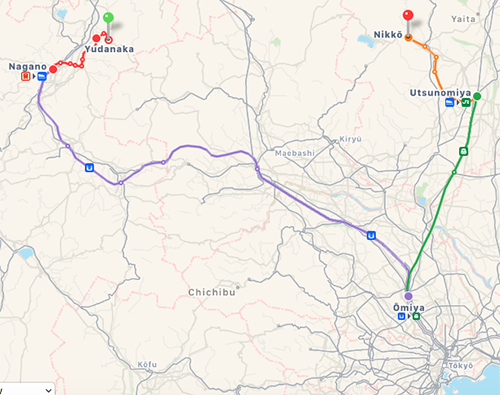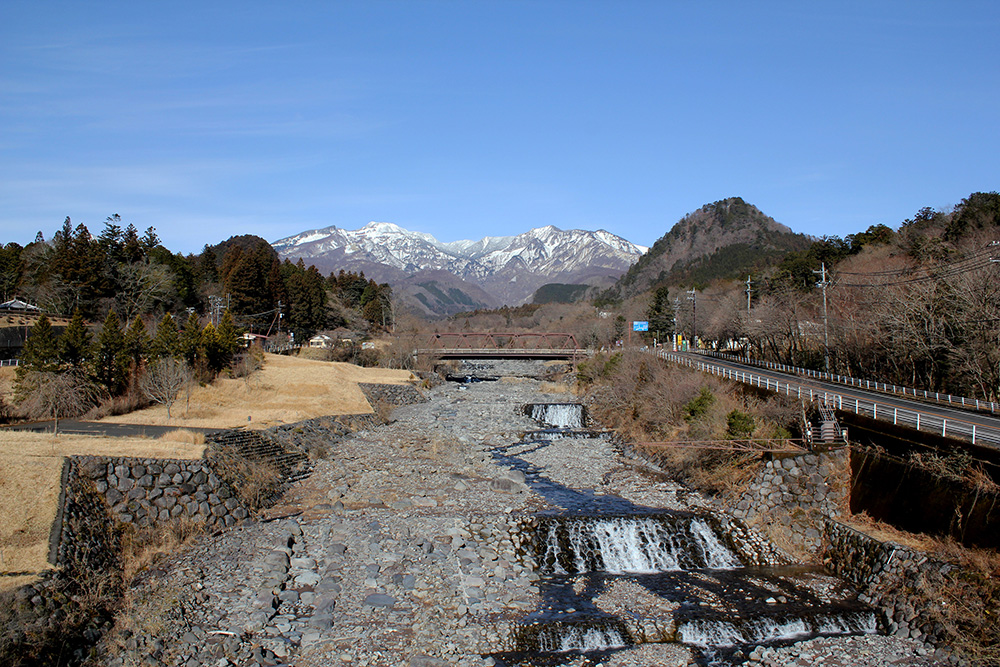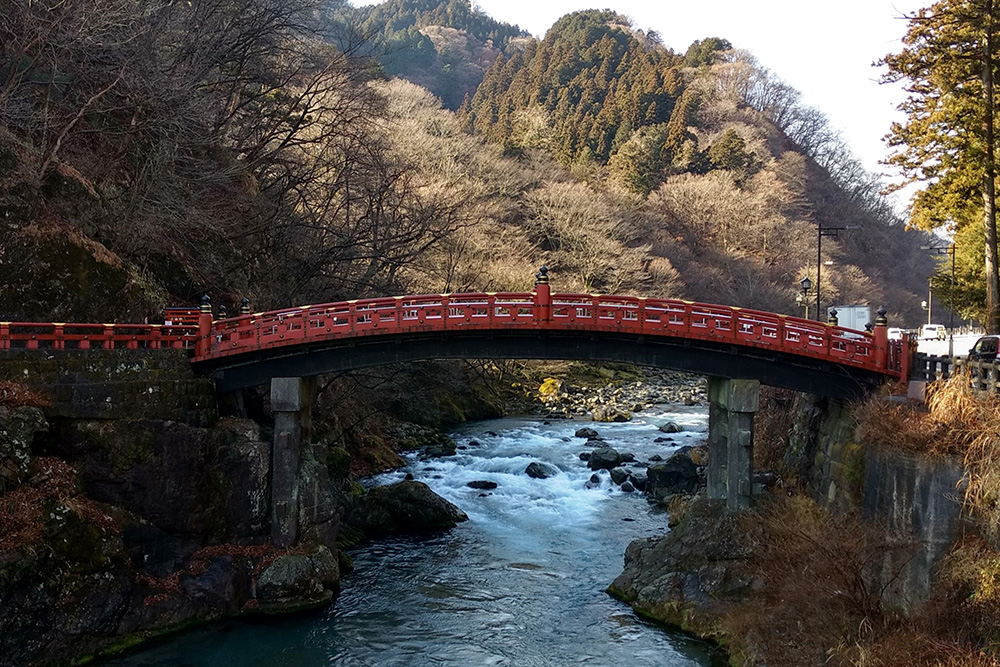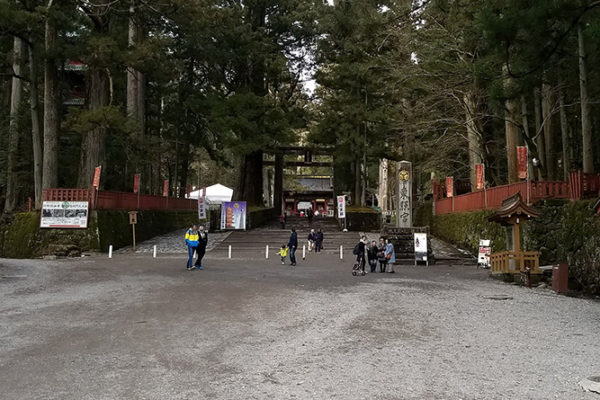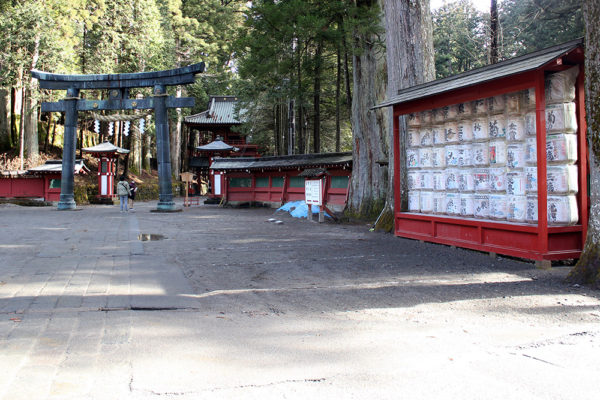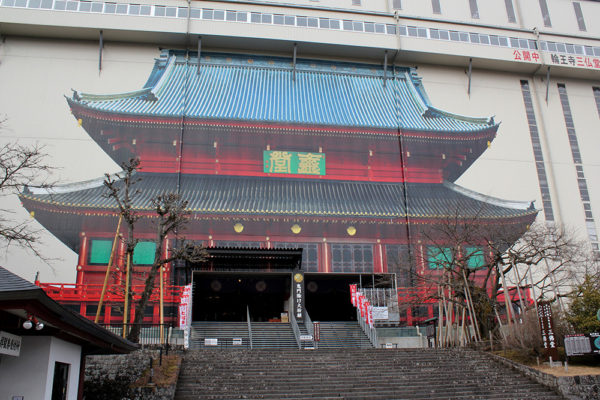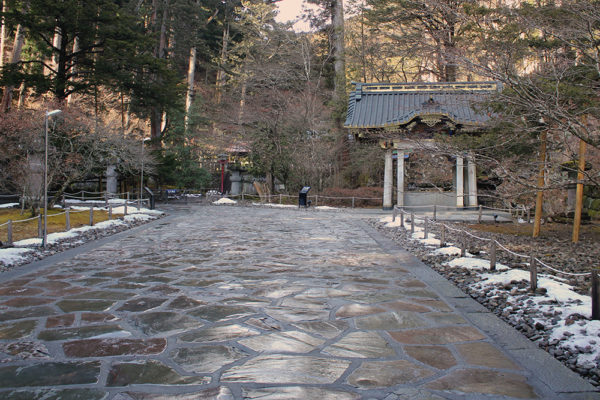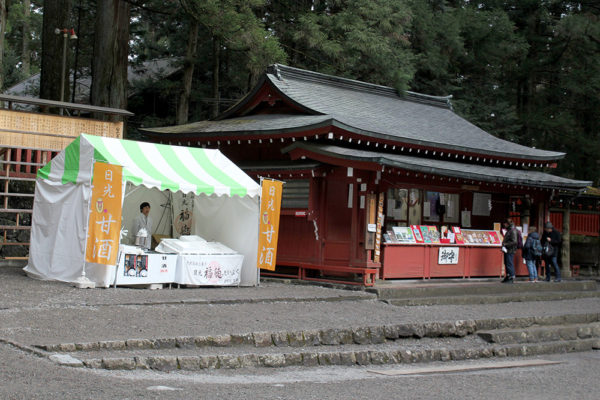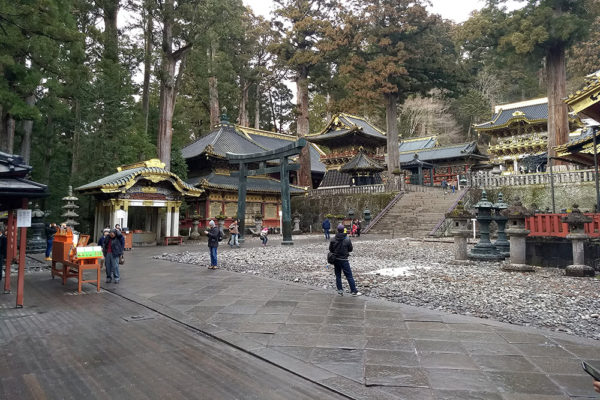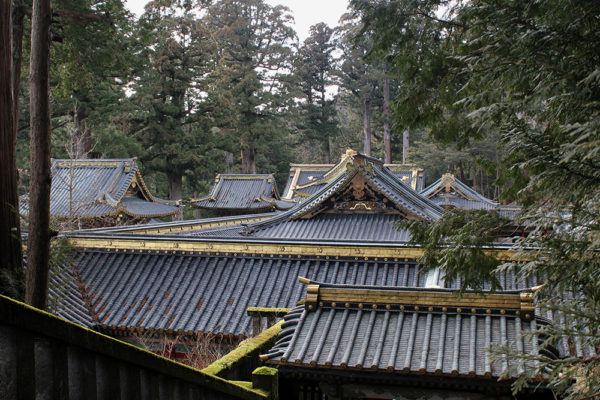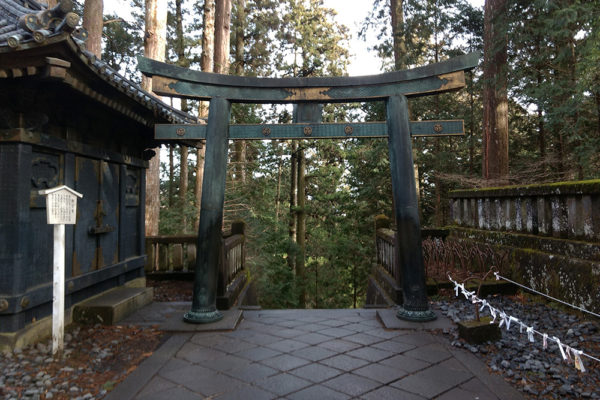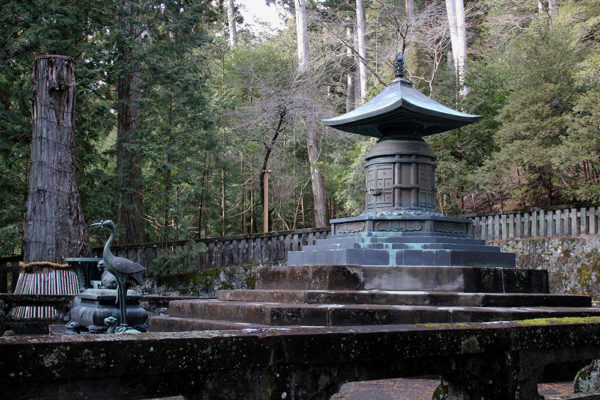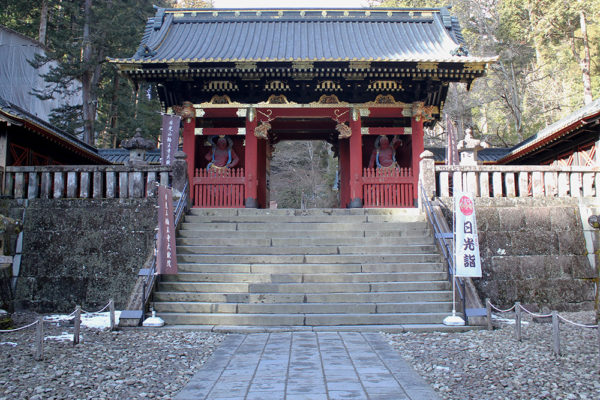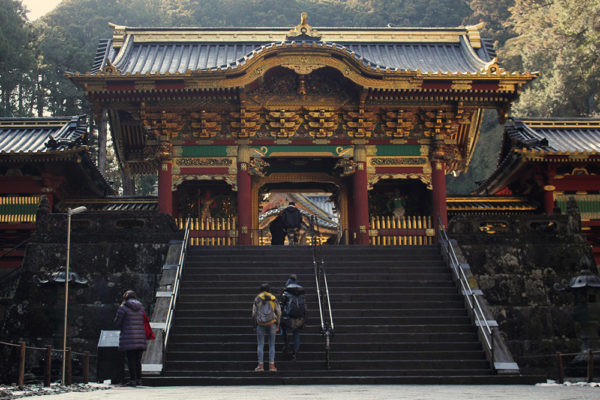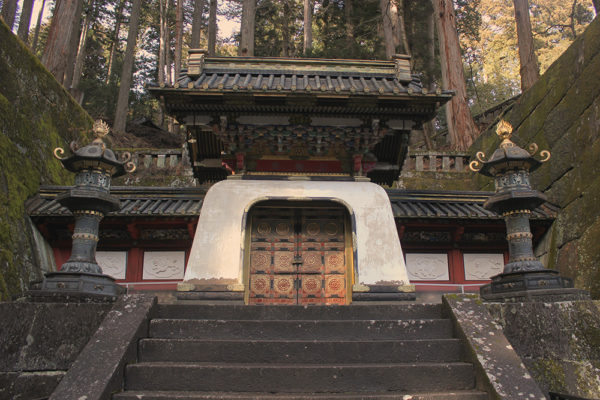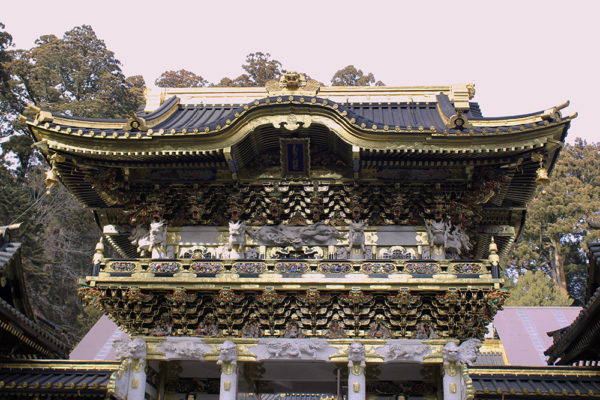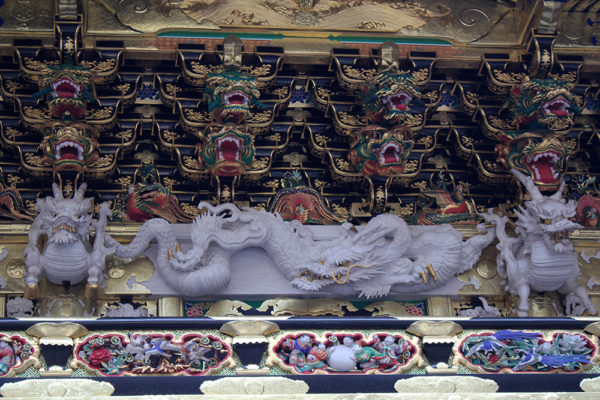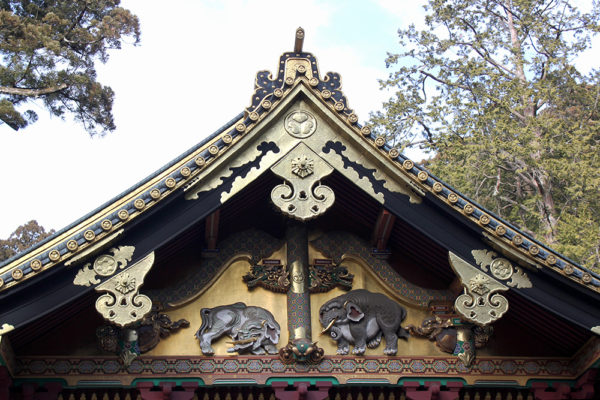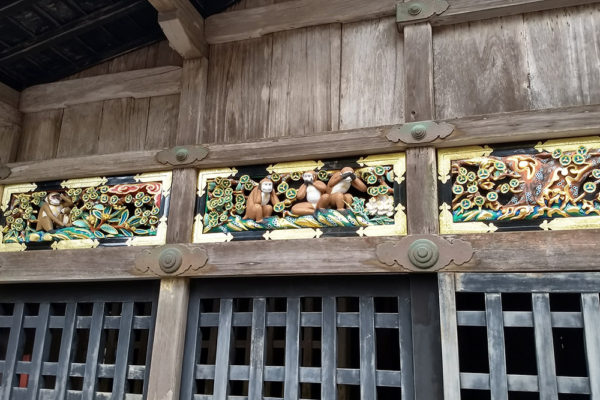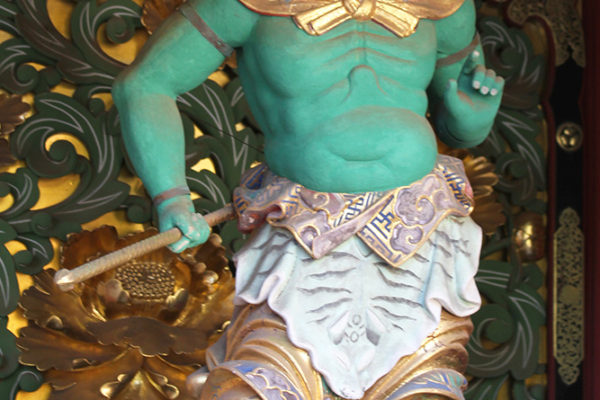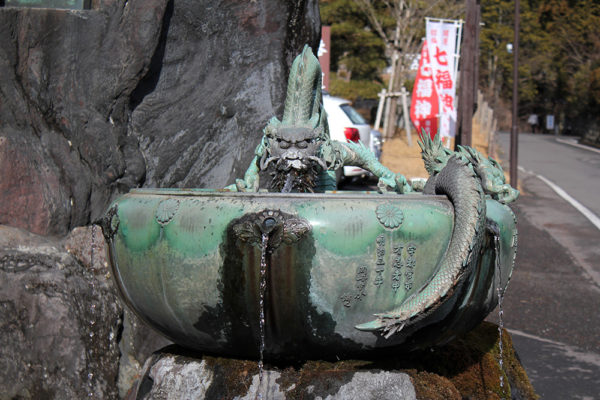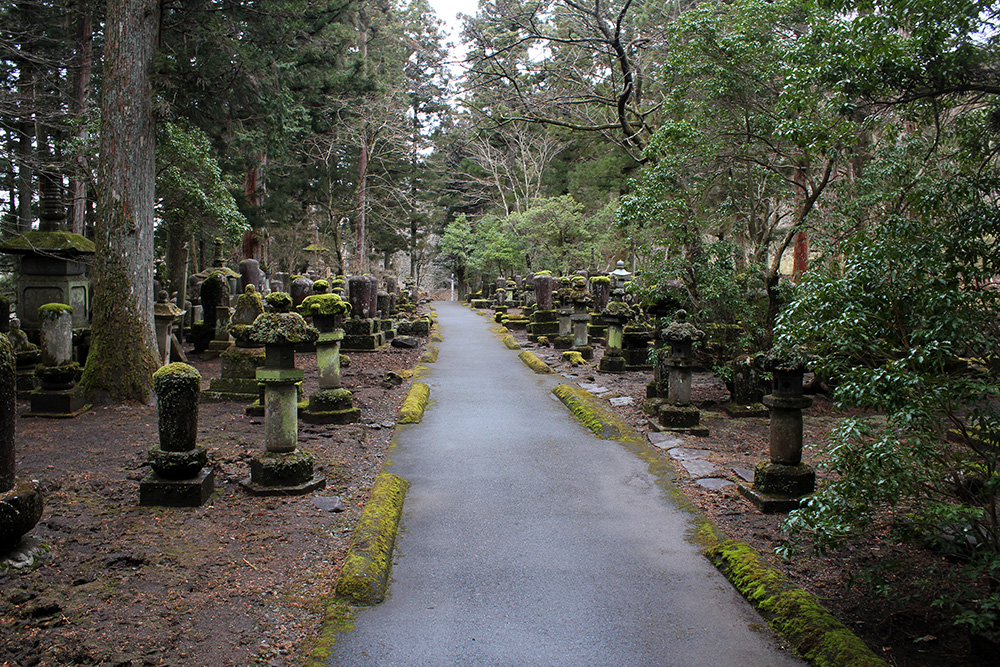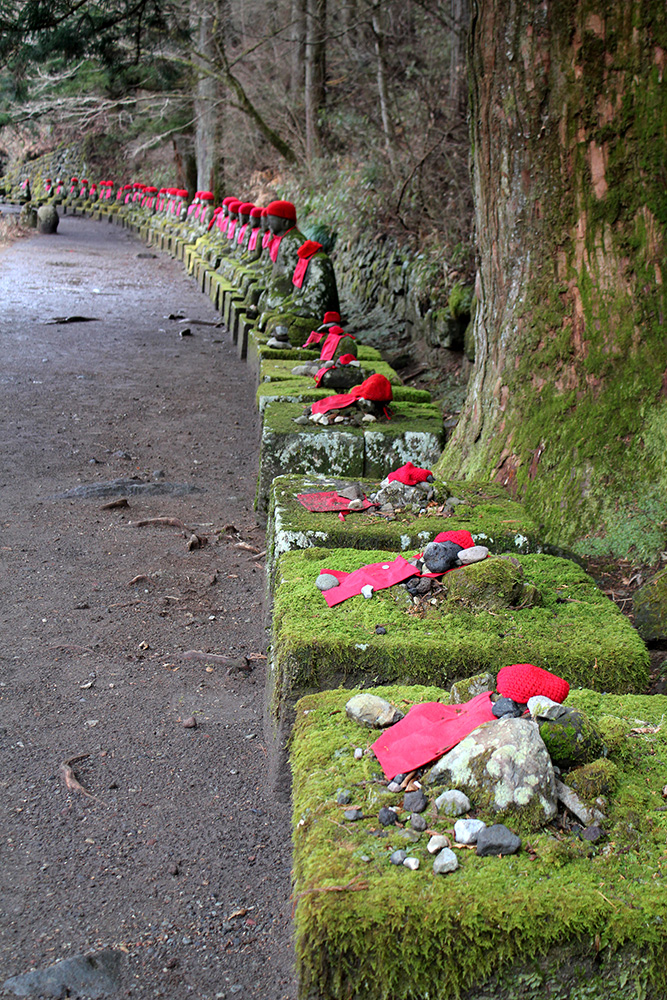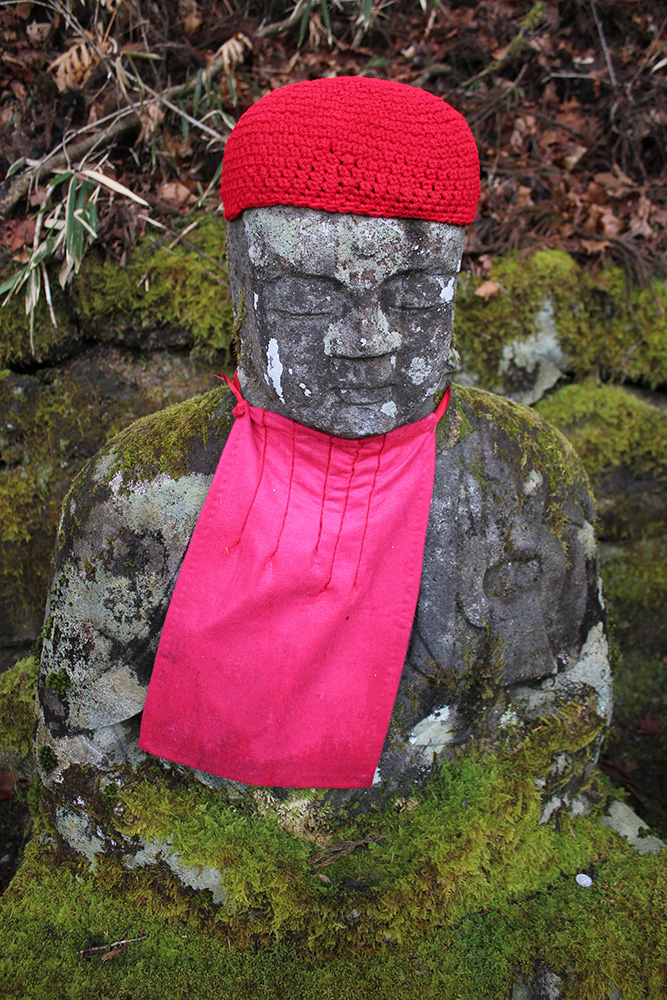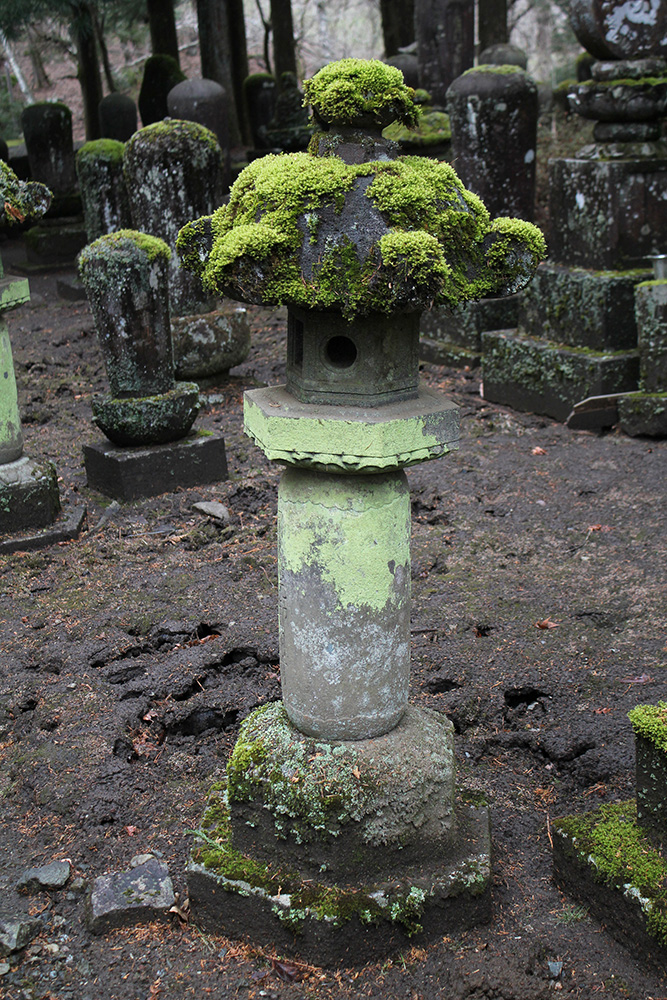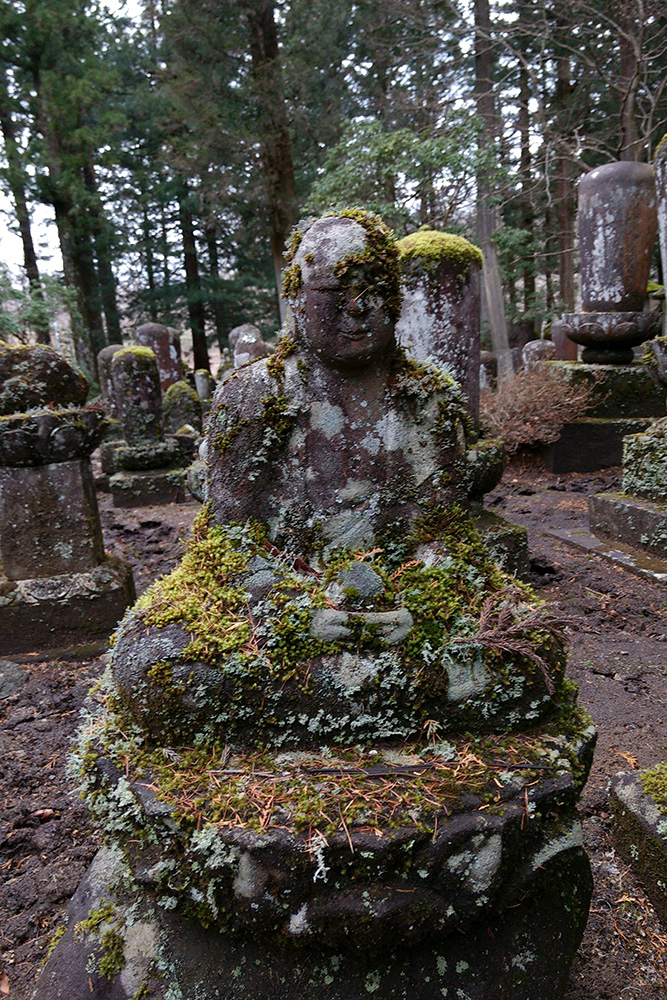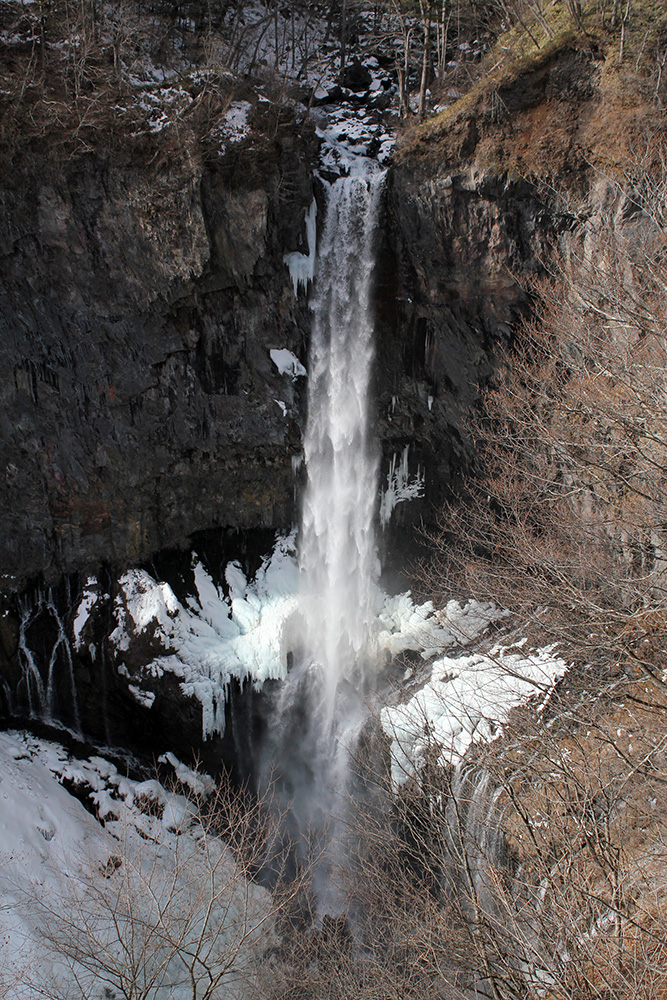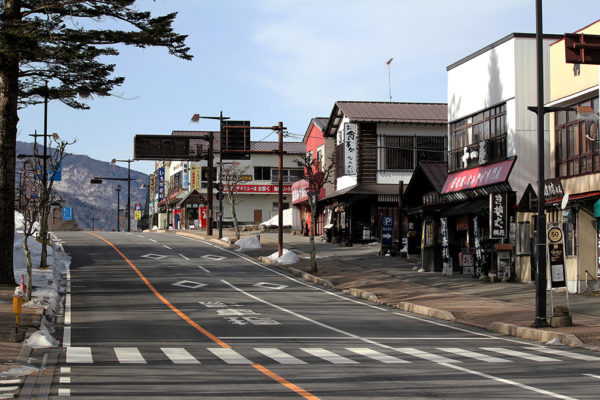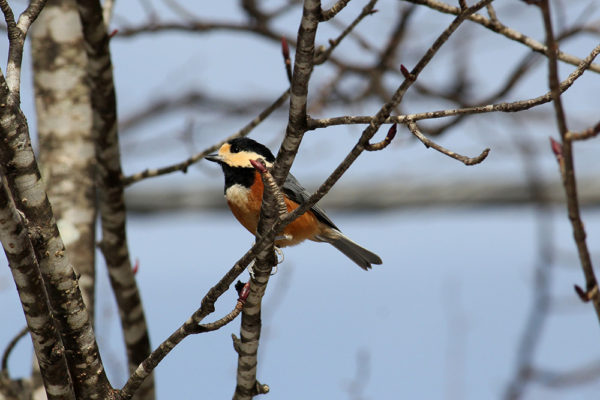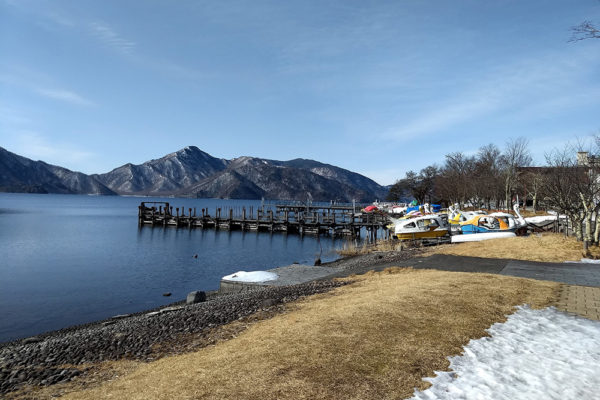Nikkō is small town in the mountains north of Tokyo, that became very important in the Edo Period, when the Tokugawa Shoguns used it as their main religous site. The journey to get there from Yudanaka was slightly convoluted, but it was another great experience in Japanese railway travel, with a mix of shinkansen and retro regional trains. We went there to visit the UNESCO World Heritage Site Shrines and Temples of Nikkō. I hadn’t looked much into what awaited us and was expecting just some temples and shrines in the forest. What we found was a flamboyant display of religous buildings that really show the power of the Edo period Shoguns. The whole site has been (re?)built to hold huge crowds, with massive staircases and pathways, that looked even more impressive with the small out of season crowd.
I recently read a blog about common mistakes of travel phtography and one of them rang particularly true while writing this blog post – ‘always do your research about the place you visit’. This was the very mistake we made in our visit to Nikkō’s Shrines and Temples Park! Of course, we assumed that we could get information at the actual site and learn as we go, but this wasn’t the case. The result was a wonderful, yet overwhelming and sometimes confusing, visit to some of Japan’s most intricately decorated shrines and temples. If I went there again, I would research the Shrine and Temple complexes more to take more informed photos and look at the designs in more detail. But I guess that can be said about most places you visit. It was still a unique experience and definitely worth the visit; I just learned about the history and the various buildings a little later!
So, to explain why it all seemed so confusing and overwhelming, let me describe the Temples and Shrines Site a little. The site encompasses 103 buildings and structures and the natural setting around them. There are two main Shinto shrines (Futarasan Shrine and Tōshō-gū) and one Buddhist temple (Rinnō-ji), but they all have elements of the Shinto and Buddhist religions encorporated into the various buildings. Most of the buildings belonging to an indivdual shrine or temple are located close together, although this isn’t always the case and all 103 building are clustered on a relatively small space. It can be hard to tell which building belongs where and to the untrained eye (i.e. us) it can also be very difficult to distinguish the main worship hall from a storehouse, for example. On the other hand, both buildings are likely to be intricately decorated with various natural motifs and special in their own way, so does it really matter?
Two of the main reasons for the importance of the Nikkō Site are the Shrine to Tokugawa Ieyasu (the first Shogun of the Edo Period) and the Mausoleum of Tokugawa Iemitsu (his grandson). It was Iemitsu that built the Tōshō-gū Shrine to his granfather. These photos don’t start to show the extent of the whole shrine and the details of the structures, partly because it was difficult to take photos in the crowds and also beause there are a lot of spaces where photography is not allowed. Both the Tōshō-gū Shrine and the Mausoleum are in fact many buildings – gates, worship halls, steps, roofed walls, etc. – that progressively lead you to the final resting place of each Shogun.
I (still) haven’t been able to completely understand the system behind shrine and temple complexes (and I suspect a lifetime of learning wouldn’t be enough!), but a common feature are the entry gates leading the worshiper to the main worship hall. This will hold the shrine or image of the main deity. In addition there are usually accessory buildings such as storehouses for ritual artefacts, palanquins or drums, stables, belfry towers, smaller shrines and even a lavatory for ritual use! Here, again, it’s difficult to convey the grandness of both the exterior and the interior of the buildings. Photography was not allowed inside, so we are left with only memories of, for example, the huge golden Buddha statues or the famous ‘Crying Dragon’ ceiling painting. The later was really fascinating, with a display by a monk, banging two sticks together, showing how the acoustics of the room create an echo only underneath the mouth of the dragon.
Approximetly half an hour walk away from the Shrines and Temples Site there is a less known small Buddhist Temple in the Kanmangafuchi Abyss. The particularly interesting feature of this temple are the about 70 statues of the Bodhisattva Jizo, who is the protector of the deceased, children and travelers. It was a beautiful walk along the river and we even came across a forgotten cemetary where most of the stones and statues where completely covered in moss.
Most of the tourist guides will advise visitors to make the trip to Kegon Falls (in the right photo) and Lake Chuzenji. They are located about a 45 min bus ride from the Nikkō JR Train Station. We had some extra time one day and deside to make a morning trip up there. The bus ride is really quite spectacular and goes along the Romantic Road – a very windy mountain pass to reach the Lake at 1269 masl! While Kegon Falls were indeed a spectacular sight, Chuzenjiko Onsen (the town next to Lake Chuzenji) and the area around the Falls were very ‘ghost town like’. There seemed to be a lot of potential to do interesting hikes, enjoy some out of the way temples and shrines and visit an onsen, but unfourtunately it seemed as though we visited at the wrong time of year. Or maybe it was fortunate, since we didn’t have much time to spend there anyway because we needed to catch our next connection to Hakone.

